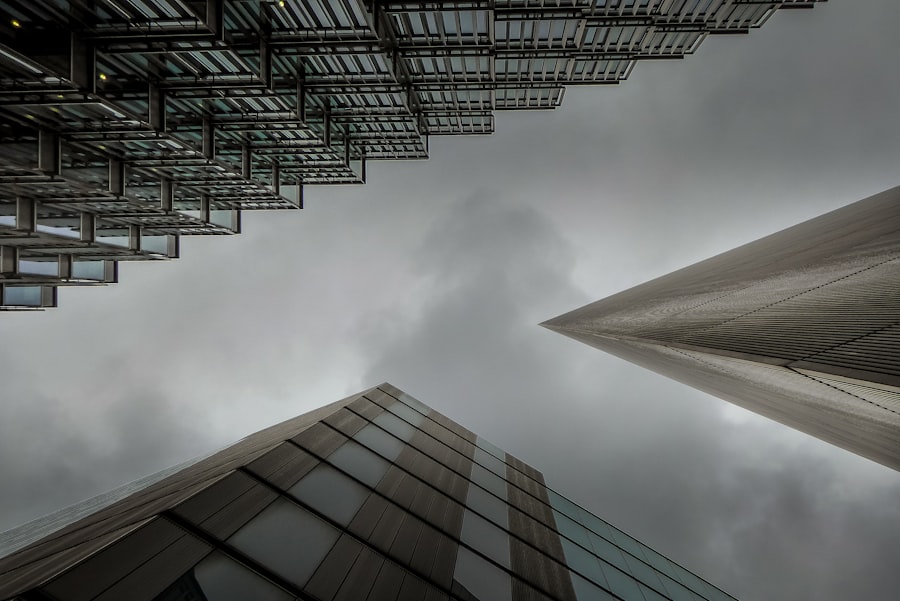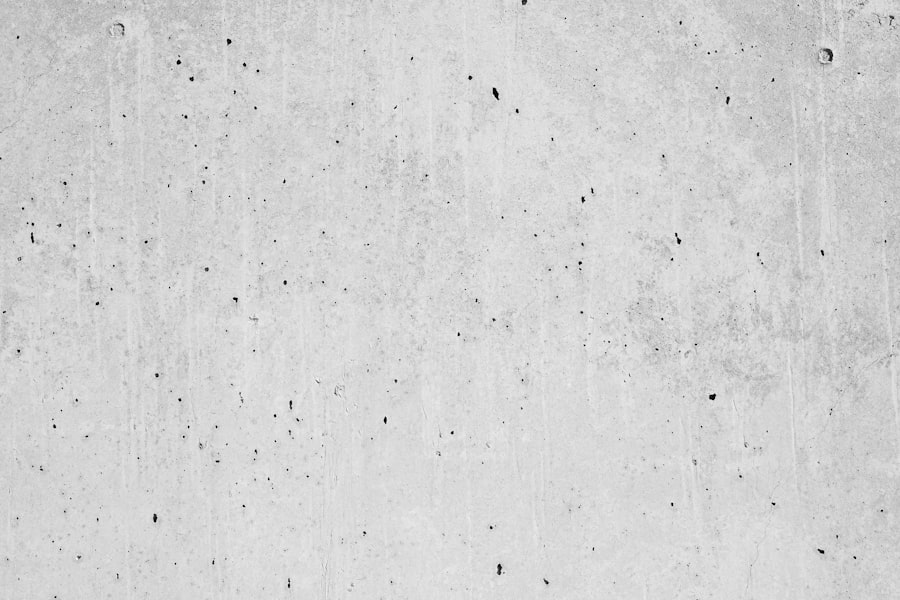Why Concrete Temperature Matters: Best Practices for Hot and Cold Weather Pouring
Concrete is a vital material in construction, and its performance can be significantly influenced by temperature conditions. Understanding how hot and cold weather affects the curing process is essential for ensuring structural integrity and longevity.
This article explores the impacts of temperature on concrete and offers best practices for pouring in extreme conditions. You will find effective techniques for managing temperature, as well as the importance of monitoring concrete to achieve optimal results.
Continue reading to discover how to master the art of concrete pouring, no matter the weather conditions.
Why is it Important?
Understanding the importance of concrete temperature is essential in the construction industry, as it plays a significant role in the curing process, hydration, and overall strength of the concrete.
Effective temperature control during the pouring phases, regardless of whether you are facing hot or cold weather conditions, can help prevent issues such as cracking, shrinkage, and cold joints.
Furthermore, adhering to best practices can enhance the durability and structural integrity of the concrete, resulting in improved performance and longevity for various end-use applications.
Ultimately, being aware of environmental factors and their impact on concrete will ensure safer project scheduling and uphold quality assurance throughout the construction process.
Effects of Hot and Cold Weather on Concrete
Hot and cold weather conditions can significantly impact the performance of concrete, making it essential for you to carefully consider temperature control during both hot and cold weather pouring.
In hot weather, elevated ambient temperatures can accelerate the heat of hydration, which may lead to problems such as moisture loss and cracking. Conversely, cold weather can create freeze-thaw cycles that jeopardize the structural integrity of the concrete.
Understanding these effects is crucial for your civil engineering and construction practices, as they directly influence the durability and long-term quality of the concrete structure.
How Temperature Affects the Curing Process
Temperature plays a critical role in the curing process of concrete, affecting hydration rates, chemical reactions, and the water-cement ratio necessary for achieving optimal concrete strength. Fluctuations in temperature during curing can lead to inconsistencies in the concrete mix design, resulting in issues such as inadequate strength development, increased shrinkage, and potential cracking.
Understanding these temperature-related challenges is essential for ensuring proper curing and achieving the desired performance characteristics in concrete structures.
Higher temperatures can accelerate the curing process, which may seem beneficial at first glance. However, this can lead to rapid evaporation of the water necessary for hydration, increasing the risk of surface cracking. On the other hand, extremely low temperatures can significantly slow down the chemical reactions, prolonging the curing time and jeopardizing the integrity of the concrete.
To mitigate these issues, maintaining a steady curing temperature is vital. This can be practically achieved by using curing blankets or insulating materials to retain heat during cold weather, while in hot conditions, employing moisture-retaining compounds or regular misting can help preserve adequate hydration levels.
Best Practices for Hot Weather Pouring
Implementing best practices during hot weather conditions is essential to ensure the quality and durability of concrete. High ambient temperatures can lead to rapid evaporation and insufficient hydration, resulting in compromised curing and potential cracking.
To mitigate these risks, employing temperature control strategies—such as utilizing cooling techniques and applying curing compounds—can significantly enhance workability and ensure adequate hydration throughout the curing process.
By proactively addressing the challenges posed by hot weather, you can effectively safeguard the integrity and longevity of the concrete.
Precautions and Techniques for Managing Temperature
Taking precautions and employing effective techniques for managing temperature during hot weather pouring can significantly enhance the quality and performance of concrete.
Along with basic monitoring, utilizing advanced tools such as infrared thermometers or data loggers can provide real-time data, allowing for precise adjustments throughout the pouring process.
Implementing methods like using chilled water in the mix or applying evaporative cooling techniques can further reduce the temperature of the concrete. Insulation methods, including cover fabrics or insulating blankets, help maintain the desired temperature by minimizing heat absorption from the sun.
Innovative pouring techniques, such as staggered pours or the use of retarding admixtures, facilitate a gradual heat release, which is essential for ensuring durable, crack-resistant concrete as it cures.
Best Practices for Cold Weather Pouring
Implementing best practices for cold weather pouring is essential for ensuring the durability and integrity of concrete in low-temperature conditions. Cold ambient temperatures can impede the curing process, increase the risk of freeze-thaw cycles, and negatively impact hydration.
To address these challenges, utilizing temperature control measures and suitable additives is advisable to maintain optimal curing conditions, thereby ensuring that your concrete achieves the desired strength and performance, even in cold weather.
Precautions and Techniques for Managing Temperature
Managing temperature effectively during cold weather pouring requires you to implement precautions and employ techniques that ensure proper curing and hydration of concrete.
Utilizing temperature monitoring equipment will help you assess both concrete surface and ambient temperatures, while insulation methods can prevent heat loss and protect the concrete from extreme cold.
Applying appropriate concrete cover is essential to guard against thermal stress and ensure that the necessary chemical reactions for hydration occur effectively.
Proper hydration is vital for the strength and durability of concrete, particularly in lower temperatures, where the curing process can significantly slow down. It is advisable to use heated water when mixing to help maintain a warmer temperature during the setting period.
Regular monitoring of both internal and external temperatures allows you to make timely adjustments, ensuring that the environment surrounding the concrete remains optimal for curing.
Employing materials that can retain heat and using blankets or thermal mats can greatly assist in maintaining the desired temperature, thereby mitigating the risks of cracking and other structural issues that may arise from rapid temperature drops.
Tools and Methods for Controlling Concrete Temperature
Utilizing appropriate tools and methods for controlling concrete temperature is essential for maintaining quality assurance during the pouring and curing processes.
Temperature monitoring equipment, including sensors and logs, allows you to track surface temperatures and make necessary adjustments in real-time.
Furthermore, implementing insulation methods and using specialized equipment can effectively manage temperature fluctuations, ensuring that your concrete achieves optimal hydration and durability.
Insulation, Heating, and Cooling Techniques
Applying insulation, heating, and cooling techniques is essential for managing concrete temperature effectively during both hot and cold weather conditions. Utilizing insulation methods can significantly reduce heat loss and help maintain the desired temperature, while heating techniques are vital for promoting adequate curing in colder environments.
Conversely, implementing cooling techniques can effectively mitigate the heat of hydration during hot weather, ensuring that the concrete remains workable and avoids premature setting.
Understanding the nuances of these methods can greatly impact the final strength and durability of the structure. For example, using thermal blankets or insulation boards during cold spells enables the concrete to retain its heat, thus ensuring optimal hydration and curing.
Simultaneously, incorporating strategies such as shaded areas or evaporative cooling systems can effectively counteract the adverse effects of high temperatures on fresh concrete. Careful consideration of thermal conductivity and ensuring adequate concrete cover not only aids these processes but also contributes to the longevity of concrete structures by minimizing thermal stresses that could lead to cracking.
Monitoring and Maintaining Concrete Temperature
Monitoring and maintaining concrete temperature is essential for successful project execution, as it enables timely adjustments in response to changing job site conditions.
Utilizing temperature logs and monitoring equipment allows you to accurately track environmental factors and the concrete’s internal temperature throughout the curing process.
By proactively managing these elements, you can mitigate risks associated with temperature fluctuations and ensure that the concrete achieves the desired performance characteristics.
Importance of Regular Monitoring and Adjustments
Regular monitoring and adjustments are essential for ensuring optimal concrete performance and durability throughout the curing process. By keeping an eye on environmental factors such as temperature and humidity, you can make informed decisions regarding necessary adjustments to curing methods and hydration levels.
This continuous oversight is crucial, as changes in weather can significantly affect the final strength and longevity of the concrete. By routinely assessing these conditions, you can implement specific strategies, such as adjusting curing duration or applying moisture-retaining covers, to promptly address any challenges that arise.
Such diligent practices not only help prevent premature cracking or surface defects but also enhance the overall effectiveness of the final product. Ultimately, your commitment to regular oversight and timely adjustments leads to superior concrete that stands the test of time.
Frequently Asked Questions
Why is concrete temperature important for successful pouring?
Concrete temperature plays a crucial role in the strength and durability of the final product. If the concrete is too hot or too cold during pouring, it can result in cracks, reduced strength, and an overall poor quality finish.
What is the ideal temperature range for pouring concrete?
The ideal temperature range for pouring concrete is between 50-70 degrees Fahrenheit. This range allows for proper hydration and curing of the concrete, resulting in a strong and durable final product.
Can concrete be poured in hot weather?
Yes, concrete can be poured in hot weather, but precautions must be taken to ensure the concrete does not dry too quickly. This can be achieved by using shade and cool water during mixing, and covering the concrete with a tarp once poured to prevent rapid evaporation.
What happens if concrete is poured in cold weather?
Cold weather pouring can be challenging as the cold temperatures can slow down the hydration and curing process. This can result in a weaker and less durable final product. To prevent this, concrete should be heated to at least 50 degrees Fahrenheit before pouring.
What are the best practices for pouring concrete in hot weather?
Some best practices for pouring concrete in hot weather include using chilled water and ice during mixing, adding an air-entraining admixture to the concrete, providing shade and proper ventilation during curing, and using a curing compound to prevent rapid evaporation.
Are there any special considerations for pouring concrete in cold weather?
Yes, in addition to heating the concrete before pouring, it is important to also maintain the temperature of the surrounding air and ground. This can be achieved by using insulated blankets or heaters to cover and warm the area where the concrete is being poured.
Why Concrete Temperature Matters: Best Practices for Hot and Cold Weather Pouring Don’t let temperature affect your pour quality. For weather-specific concrete solutions in your area, trust concrete Manchester for reliable supply and expert advice.






